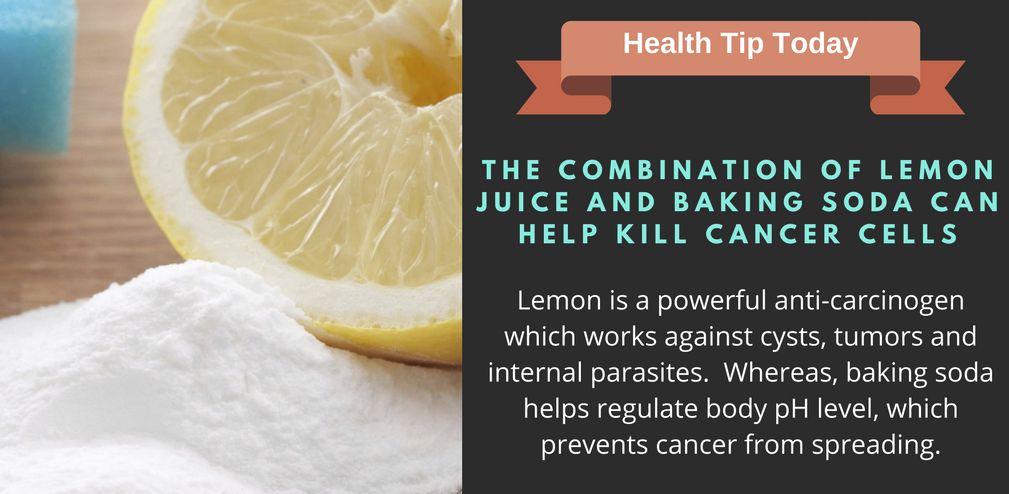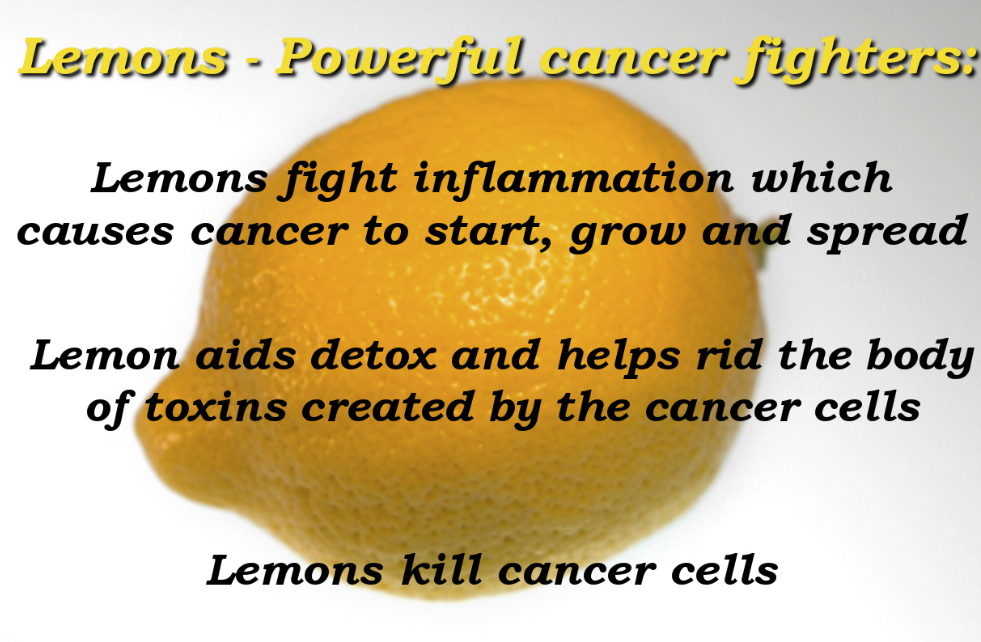Fake science is everywhere. It bombards our social media feeds, promising that lemon juice can cure cancer, eating margarine is deadly, and the pharmaceutical industry is the scourge of the planet. And, unfortunately, other traditional media is likewise not immune.
FAKE SCIENCE ⇑
In fact fake science is so common that there’s actually a name for it: pseudoscience. This refers to anything that is dressed up to look like science but actually has no scientific basis. It might sometimes be funny to see what’s being purported as science, but pseudoscience’s spread is really no laughing matter and is actually quite scary, as it has affected policy and culture around the world. Measles in Europe is increasing thanks to the myth that the MMR vaccine causes autism, creationism is taught as an alternative to evolution in schools, the belief that the earth is flat is shockingly on the rise in the USA, and random individuals are injecting themselves with self-developed gene therapy to circumvent ‘big pharma’.
These may be extreme examples, but there’s a whole murky world out there of ‘fake news’ dressed up as science, and anyone can fall for it. But luckily, once you’re aware that pseudoscience exists, spotting it is easy. And you don’t need a scientific background to identify fake science, all you need to do is keep in mind these four simple steps:
1. Where is the ‘science’ coming from? Is there the original source?
So lemon juice cures cancer – according to who?
Does the post have enough information to allow you to go back to the original source and see where the ‘science’ has come from?
If it doesn’t, like the lemon posts above and below, this should immediately ring warning bells.
FAKE SCIENCE ⇑
These two examples are clearly fake science, but other times this may not be so clear cut. So if the post doesn’t have a source, but you’re unsure about whether this is pseudoscience, the next step here should be to check whether you can find the claim on any reputable site through a quick search. If you can’t and the post is a lone bugle in the wind, consider it pseudoscience. If there are sites that also tout the claim, but they seem rather dodgy, you can safely consider this pseudoscience as well. If reputable sites share the claim, linking back to original sources, consider this likely to be proper science, and move on to question number two (next page).

